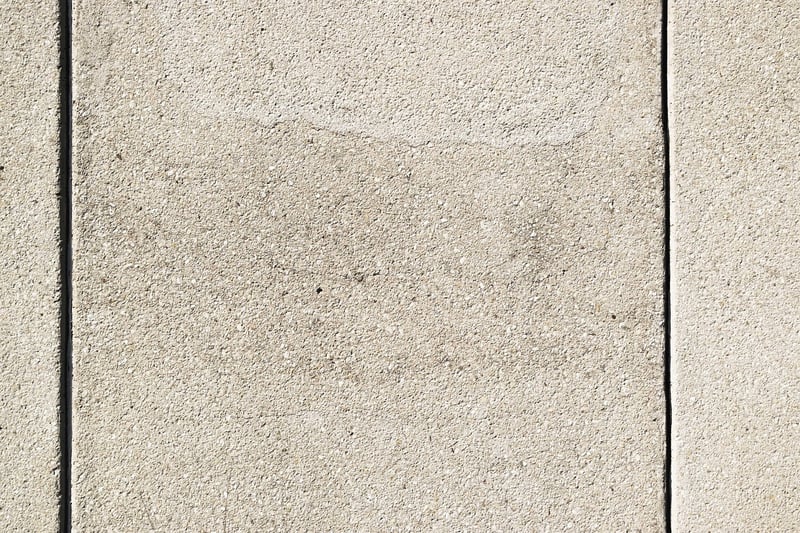Causality Resolutions
Avoiding Time Disruptions and Causality Resolutions
Time disruptions and causality issues can be perplexing and challenging to navigate, but with a few tips and tricks, you can avoid them altogether or resolve them effectively. Whether you're a time-travel enthusiast or simply looking to understand these concepts better, this guide is here to help.
Understanding Time Disruptions
Time disruptions occur when there are inconsistencies or paradoxes in the timeline, leading to confusion and potential consequences. These disruptions can range from minor inconsistencies to major events that alter the course of history.
Tips to Avoid Time Disruptions:
- Avoid interacting with your past self to prevent paradoxes.
- Be mindful of significant historical events and their impact on the timeline.
- Follow a consistent timeline to maintain causality.
Resolving Causality Issues
Causality problems arise when the cause-and-effect relationship is disrupted, leading to confusion and logical inconsistencies. Resolving these issues requires careful consideration and attention to detail.
Steps to Resolve Causality Problems:
- Identify the root cause of the disruption.
- Trace the timeline to understand the sequence of events.
- Make necessary adjustments to restore causality.
By following these steps and staying vigilant, you can effectively resolve causality problems and maintain a coherent timeline.
Conclusion
Time disruptions and causality issues are fascinating concepts that require careful consideration and attention to detail. By understanding the causes of these disruptions and following the tips outlined in this guide, you can navigate the complexities of time travel and maintain a coherent timeline.
Remember, whether you're a seasoned time traveler or a curious observer, staying mindful of time disruptions and causality resolutions is key to a smooth journey through the fabric of time.

Explore more about time travel and causality resolutions to delve deeper into the mysteries of the universe.
For further information, you can visit Scientific American.
